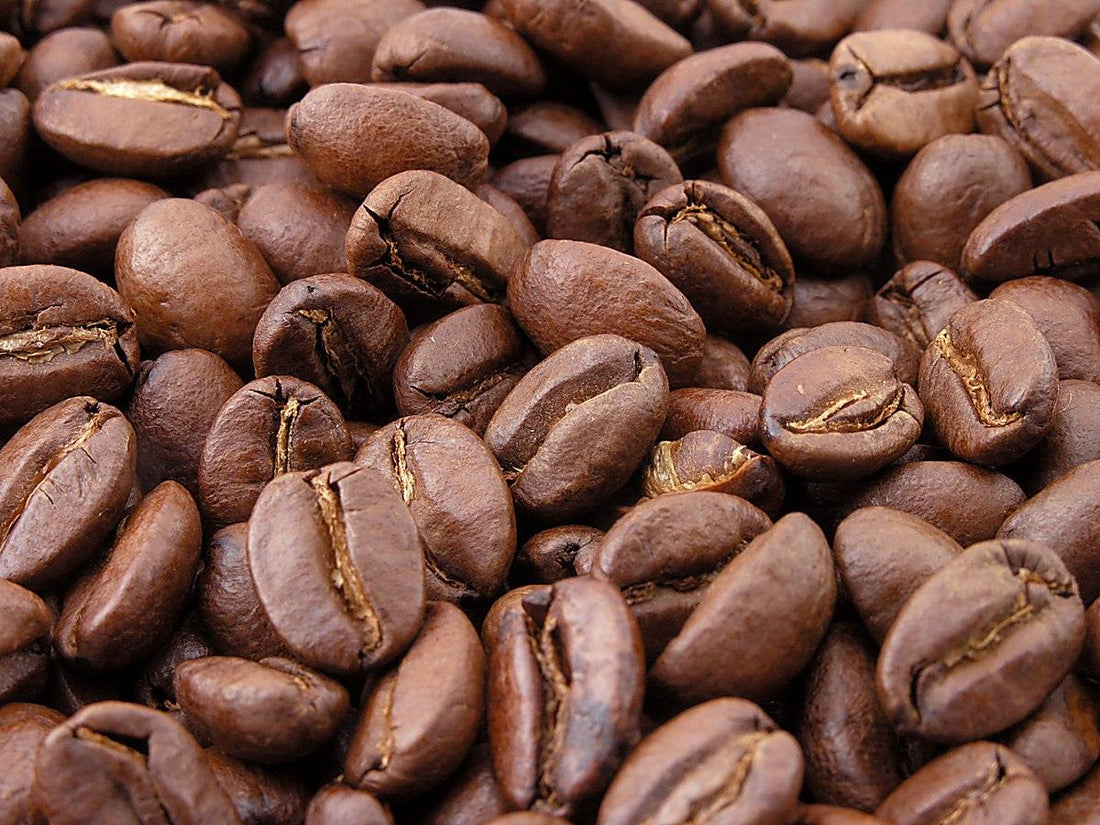Coffee is a complex organic material that is prone to degradation over time. As coffee beans age, they undergo a series of chemical reactions that cause their flavor and aroma to change. Here are some of the ways in which coffee decays over time:
-
Loss of aroma: One of the most noticeable changes that occur as coffee ages is a loss of aroma. The aromatic compounds in coffee, such as those that give it its fruity, floral, or nutty notes, begin to break down as soon as the beans are roasted. Over time, these compounds continue to degrade, resulting in a duller, less vibrant aroma.
-
Stale taste: As coffee ages, it loses its flavor, and it can start to taste stale. This is because the volatile oils and acids that give coffee its flavor begin to oxidize and break down. Over time, these compounds become less potent, resulting in a less flavorful cup of coffee.
-
Bitterness: As coffee ages, it can become increasingly bitter. This is because some of the bitter compounds in coffee, such as chlorogenic acid, are more stable than other flavor compounds. As other flavor compounds break down, the bitter compounds become more pronounced.
-
Acidity: Coffee that is past its prime can also lose its acidity. Acidity is an important component of coffee's flavor profile, providing brightness and crispness to the brew. However, over time, the acids in coffee can degrade, resulting in a flatter, less interesting flavor.
-
Development of off-flavors: As coffee ages, it can develop off-flavors, such as mustiness or sourness. These off-flavors can be the result of the growth of mold or bacteria, or they can be caused by the degradation of certain compounds in the coffee.
Overall, coffee is at its best when it is fresh. As it ages, it loses its flavor, aroma, and acidity, and can develop off-flavors that can make it less enjoyable to drink. To ensure that you are getting the best cup of coffee possible, it is important to use fresh, high-quality beans and to store them.

